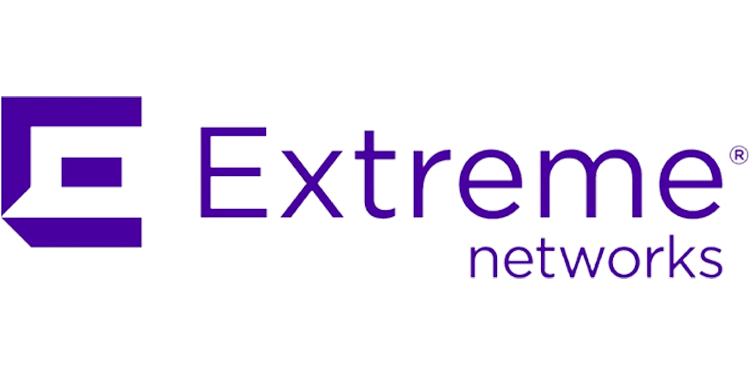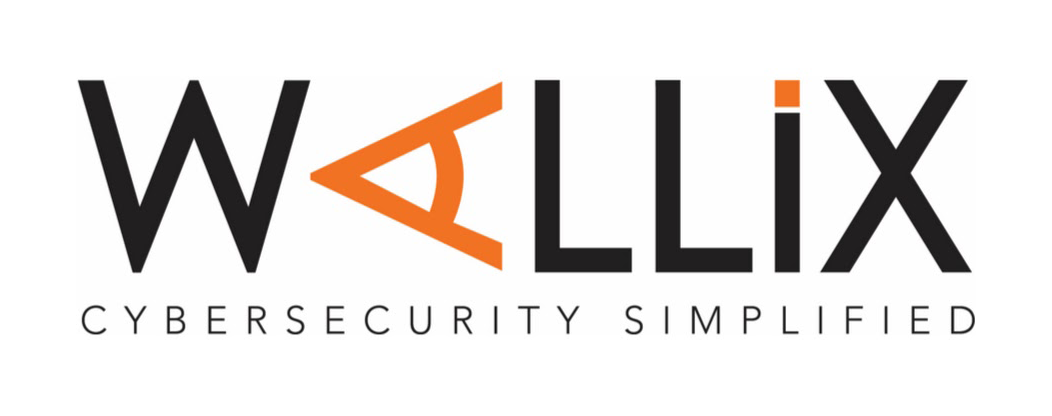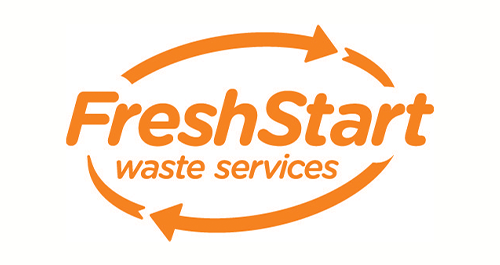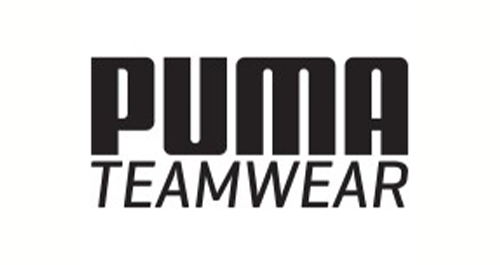Best Practice Guidelines for your Workplace
Keeping your business safe following the Coronavirus pandemic
The Covid-19 vaccine rollout has significantly reduced the impact of the virus, but the virus continues to circulate in many regions. While vaccination efforts remain strong, new variants and localised outbreaks are still possible, and it’s important to remain vigilant. As many workplaces have returned to normal operations, it’s crucial to continue following best practices to minimise the risk of infection and protect the health of employees and visitors.

Proactive hygiene & exposure control
- Good ventilation throughout the workplace
- Regular and thorough personal cleanliness
- Regular surface and equipment cleaning and sanitation
- Control of shared spaces to prevent congregation
- Monitor signs of infection eg. body temperature on entry
- Limit need to touch devices (ideally contactless)

Good social practices
- Maintain space between individuals
- Avoid sharing items or sanitise items between use
- Maintain hand washing eg. between places, eating, etc
- Encourage careful control of sneezing, coughing and nose-blowing
- Ensure safe and secure disposal of tissues
- Use alcohol hand sanitiser when possible

Keeping informed
- Health literacy is a neglected public health challenge
- Explain situation transparently and avoid blame game
- Corrections to theory are part of scientific process
- Make use of fact-checking services like https://fullfact.org
- Use multiple sources of reputable information (WHO, NHS in UK, CDC in the US)

The most difficult challenge facing most people and organisations at the moment is the continuous flow of misinformation. Using services like FullFact is a great way to counter this. Introducing people to this and other independent fact-checking organisations is a great way to help people double-check what they are told. Advise to treat everything online with a degree of skepticism but to remain open to guidance from the government, particularly when backed up by the scientific community. Conspiracy theories on the grand scale are to be treated with the greatest skepticism.
Social media – fake news factories?
Social media platforms are the largest source of misinformation. They should never be treated as sources of trusted information, particularly in regard to healthcare, treatments and good practice. Social media can also be highly addictive to users and difficult to resist when engaged with others. Encourage individuals to set themselves limits of time on social media (or abstinence altogether) if use is detrimental to individuals’ wellbeing. Many devices have limits configurable on their operating systems to assist with this.

Recommended solutions
Go2Clock is the latest in Cloud Based time & attendance solutions including remote tracking and a host of reporting features. Go2Clock works with a range of time and and attendance terminals including the latest in facial and temperature monitoring devices listed below.
For more information on what solution would best fit your environment please contact us.
Get in touch






































